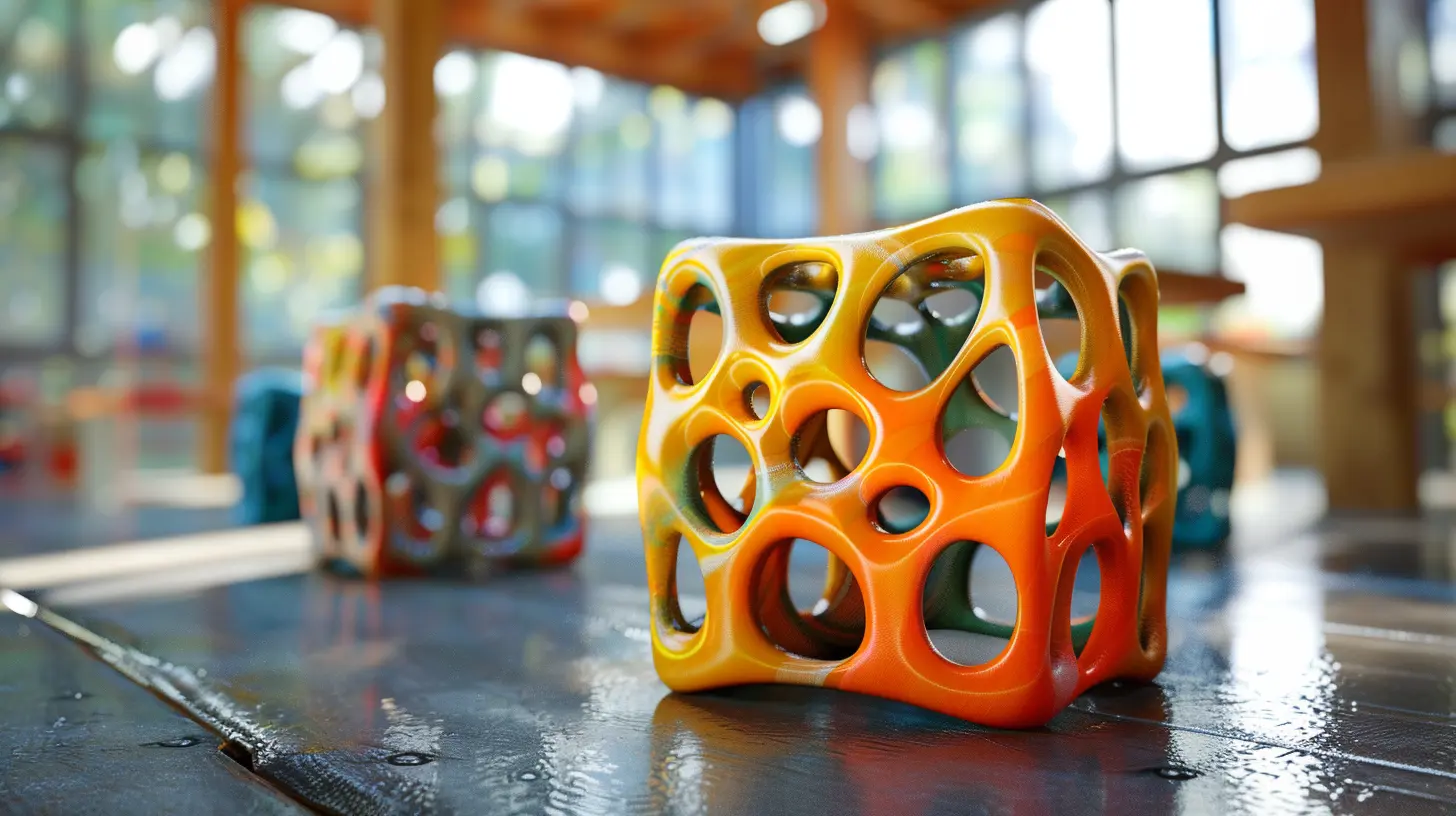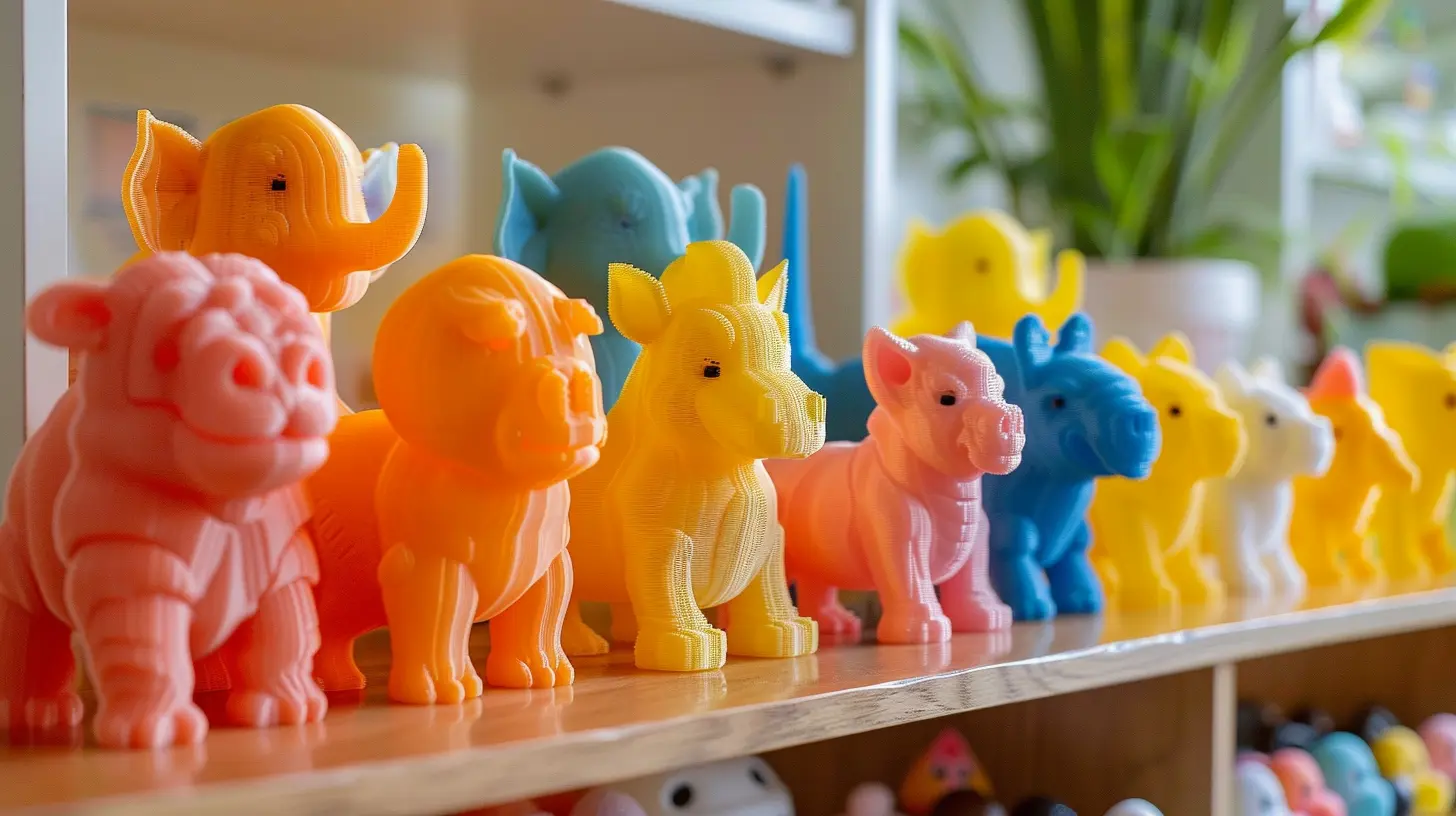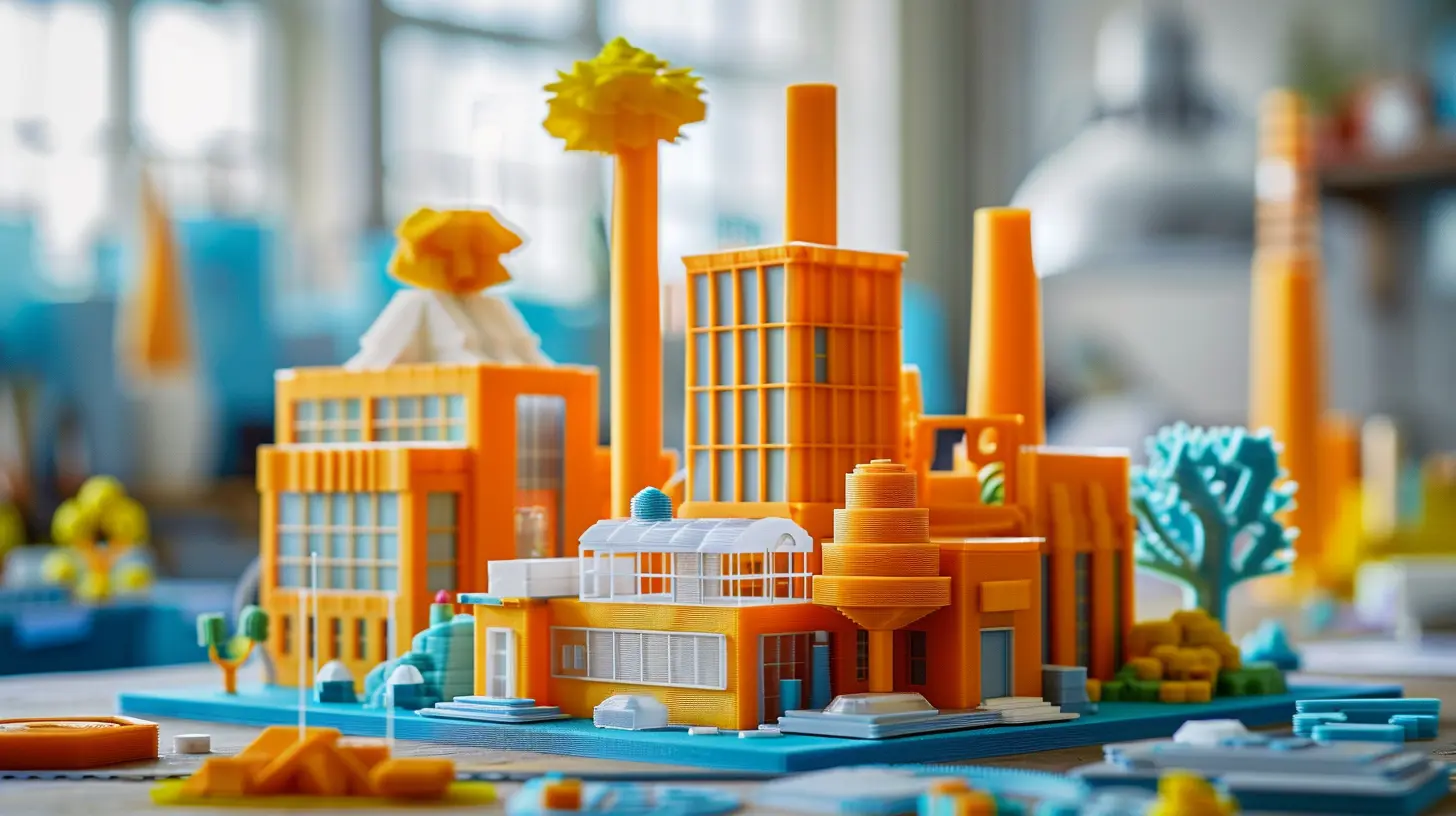6 April 2025
3D printing has revolutionized how we teach STEM (Science, Technology, Engineering, and Math). It takes abstract theories and turns them into tangible objects students can see, touch, and experiment with. Forget boring textbooks and endless lectures—3D printing makes STEM exciting, interactive, and hands-on.
But how do you bring this futuristic technology into your classroom or project? Don’t worry, I’ve got you covered! Whether you're a teacher, student, or just a curious mind, this guide walks you through using 3D printing to supercharge STEM learning.

Why 3D Printing in STEM Matters
Before we dive into the practical applications, let’s talk about why 3D printing is such a game-changer for STEM education.1. Hands-on Learning
Gone are the days of staring at 2D diagrams and trying to imagine how things work. With 3D printing, students can create and manipulate real objects, making concepts more understandable and engaging.2. Critical Thinking & Problem-Solving
Designing and printing objects isn’t just clicking a button. Students must think about dimensions, materials, and structural integrity. If an object fails to print correctly, they troubleshoot and refine their designs—just like real engineers and scientists.3. Bridging the Gap Between Theory and Reality
Ever struggled to explain complex mathematical formulas or physics principles? A 3D-printed model makes abstract theories tangible. Imagine teaching geometry with custom-designed shapes or physics with printed bridge structures!4. Encouraging Creativity
STEM isn’t just about following rules—it’s also about pushing boundaries. 3D printing allows students to bring their wildest ideas to life, blending technical skills with creativity.
Getting Started: What You Need
Before printing your first 3D model, you’ll need a few essentials. Here’s a quick rundown.1. A 3D Printer
This one’s obvious. But choosing the right printer depends on your budget and needs. Popular beginner-friendly models include:- Ender 3 (Affordable and reliable)
- Prusa i3 MK3S+ (Great for schools and advanced users)
- Ultimaker S3 (More expensive but high-quality)
2. Filament
Think of filament as the “ink” for your 3D printer. The most common types are:- PLA (Polylactic Acid) – Easy to use, great for beginners
- ABS (Acrylonitrile Butadiene Styrene) – Strong but trickier to print
- PETG (Polyethylene Terephthalate Glycol) – Durable and flexible
3. 3D Modeling Software
If you want to print custom designs, you’ll need software. Some beginner-friendly options include:- Tinkercad (Perfect for students and beginners)
- Fusion 360 (Great for more advanced projects)
- Blender (Ideal for artistic and complex designs)
4. Slicing Software
Before printing, your 3D model must be converted into layers using slicing software. Popular choices include:- Ultimaker Cura (Free and easy to use)
- PrusaSlicer (Tailored for Prusa printers)
- Simplify3D (Premium but powerful)

Fun Ways to Integrate 3D Printing into STEM Projects
Now, let’s get to the exciting part—using 3D printing for STEM learning! Here are some creative ways to incorporate it into your classroom or project.1. Math: Bring Numbers to Life
Math can feel dull when it’s just numbers on paper. But imagine designing and printing 3D graphs, geometric shapes, or fractals!- Print 3D geometry models – Have students design prisms, pyramids, and spheres to understand properties like volume and surface area.
- Visualize algebra – Graphing quadratic equations becomes way cooler when students can hold a 3D model of a parabola.
- Explore fractals – Print intricate fractal models to demonstrate patterns and recursion.
2. Science: Beyond Boring Diagrams
Why settle for textbook images when you can hold a 3D version of what you're learning?- Biology Models – Print a detailed human skeleton, DNA helix, or a model of the heart to explore anatomy.
- Chemistry Molecules – Students can assemble their printed molecular structures, making chemistry way more engaging.
- Solar System Models – Print planets to scale and compare their sizes visually.
3. Engineering: Hands-On Problem Solving
Engineering is all about designing, testing, and improving. 3D printing is the perfect tool for that!- Bridge-Building Challenges – Have students design and print bridges, then test their strength by placing weights on them.
- Catapults & Simple Machines – Print working models of levers, pulleys, and gears so students can experiment with mechanics.
- Prototype Designs – Got an idea for an invention? Print a small prototype and test it out before building the real thing.
4. Technology & Coding: From Virtual to Physical
Coding and 3D printing go hand-in-hand. Students can design objects with code and print them out.- Print Code-Generated Designs – Use software like OpenSCAD, which allows students to code their own 3D models.
- Robotics Parts – 3D print custom parts for robotic arms, wheels, and other robotics projects.
- Arduino & Raspberry Pi Cases – Print protective cases for DIY electronics projects. 
Overcoming Challenges in 3D Printing
New technology always comes with a learning curve. Here’s how to tackle common hurdles.1. Printing Failures
Sometimes prints don’t come out as expected. Common issues include warping, stringing, and layer shifting. To fix this:- Ensure the bed is leveled properly.
- Adjust temperature settings based on your filament type.
- Don’t rush—use slower print speeds for detailed models.
2. Software Learning Curve
For beginners, 3D modeling software can feel intimidating. Solution? Start small. Use simple tools like Tinkercad and gradually move to complex software like Fusion 360.3. Cost of Materials
3D printing can get expensive, especially for large projects. Ways to cut costs include:- Using PLA filament, which is affordable and easy to print.
- Recycling old prints by melting and reusing filament.
- Downloading free models instead of designing from scratch.
Final Thoughts
3D printing isn’t just another classroom gadget—it’s a tool that transforms learning. Whether you're crafting DNA models in biology, printing bridge prototypes in engineering, or visualizing equations in math, the possibilities are endless.So, if you're looking to make STEM learning more exciting, interactive, and creative, it’s time to dive into the world of 3D printing. And who knows? Maybe your next printed project could lead to an invention that changes the world!


